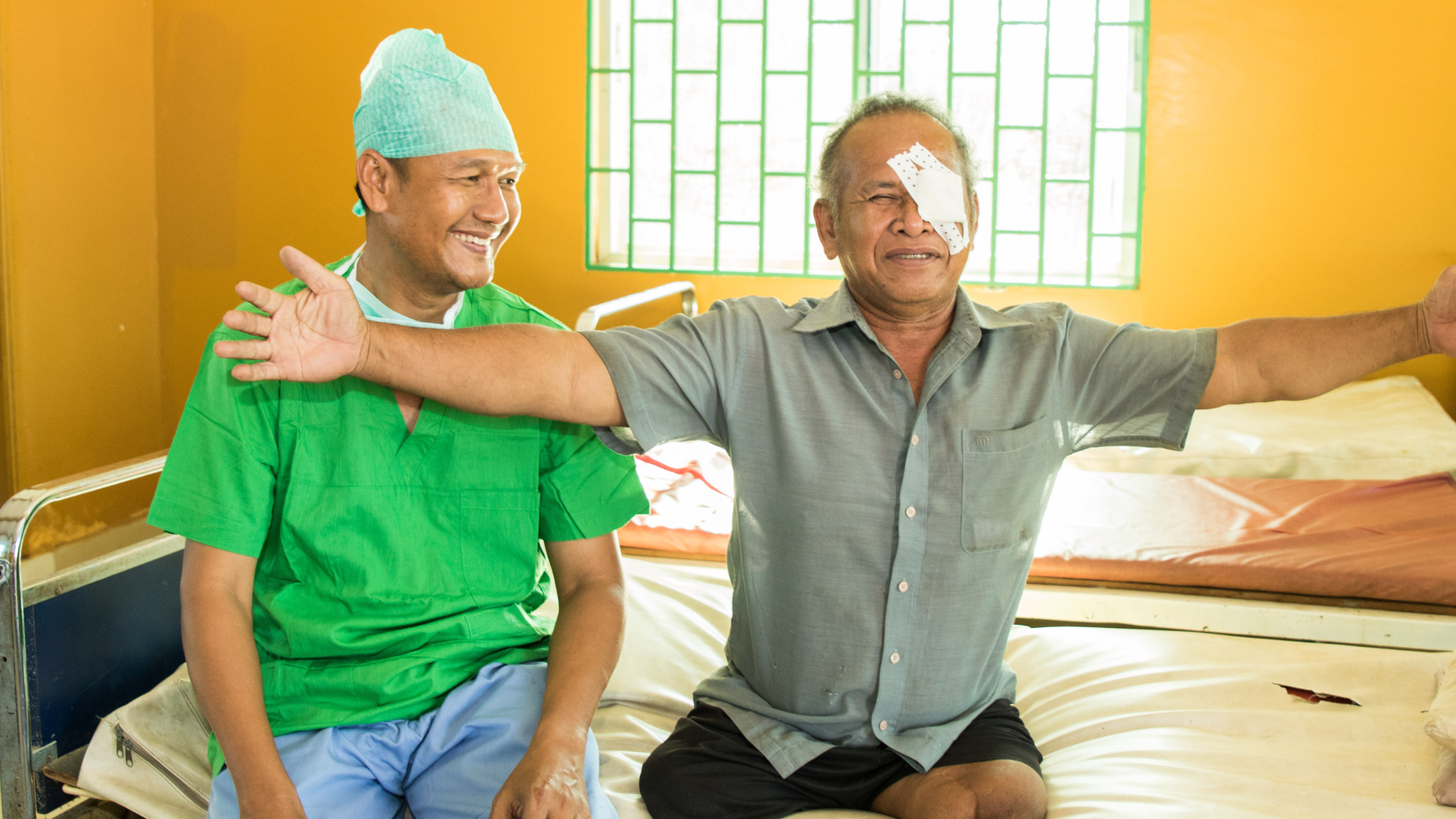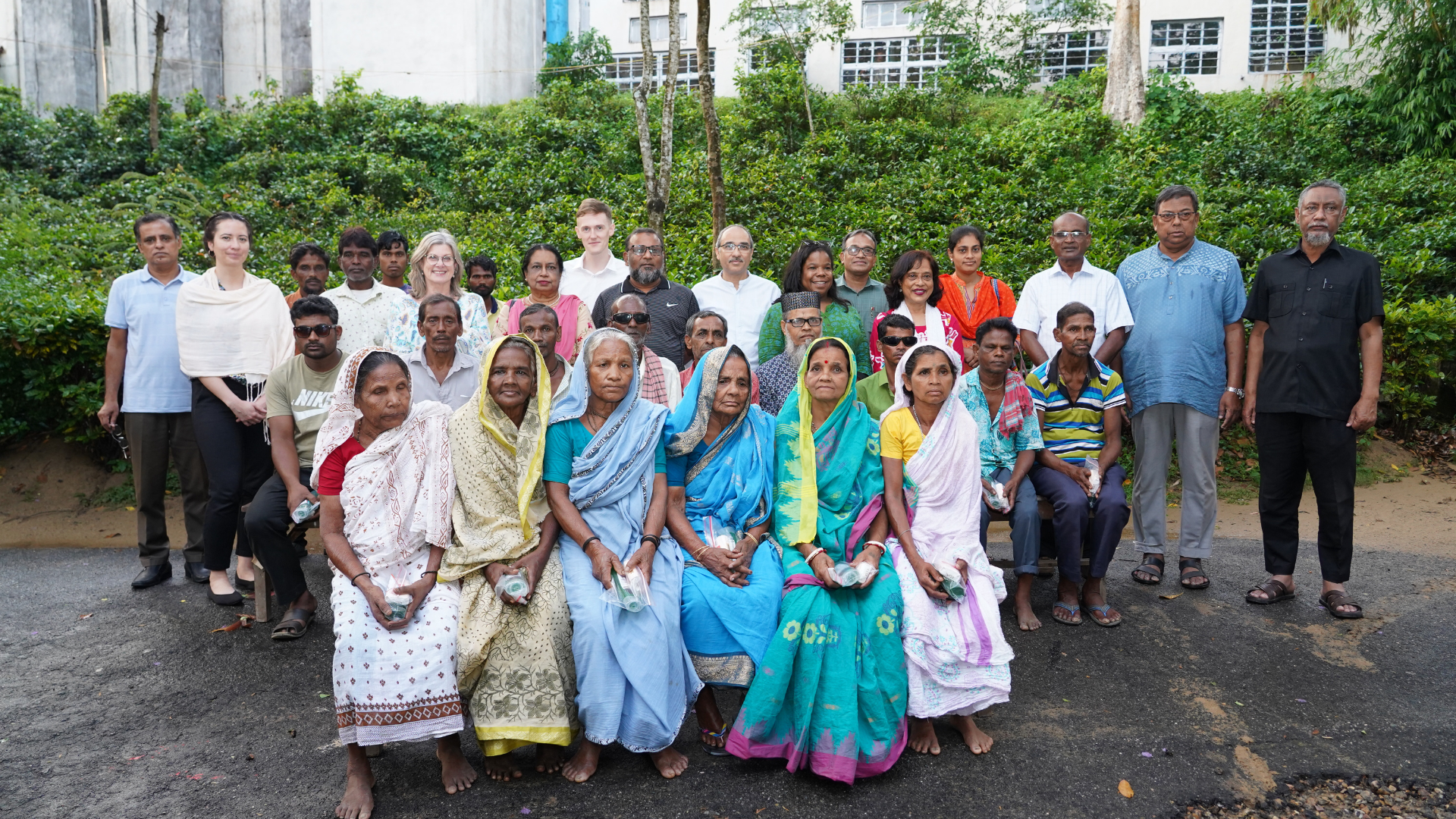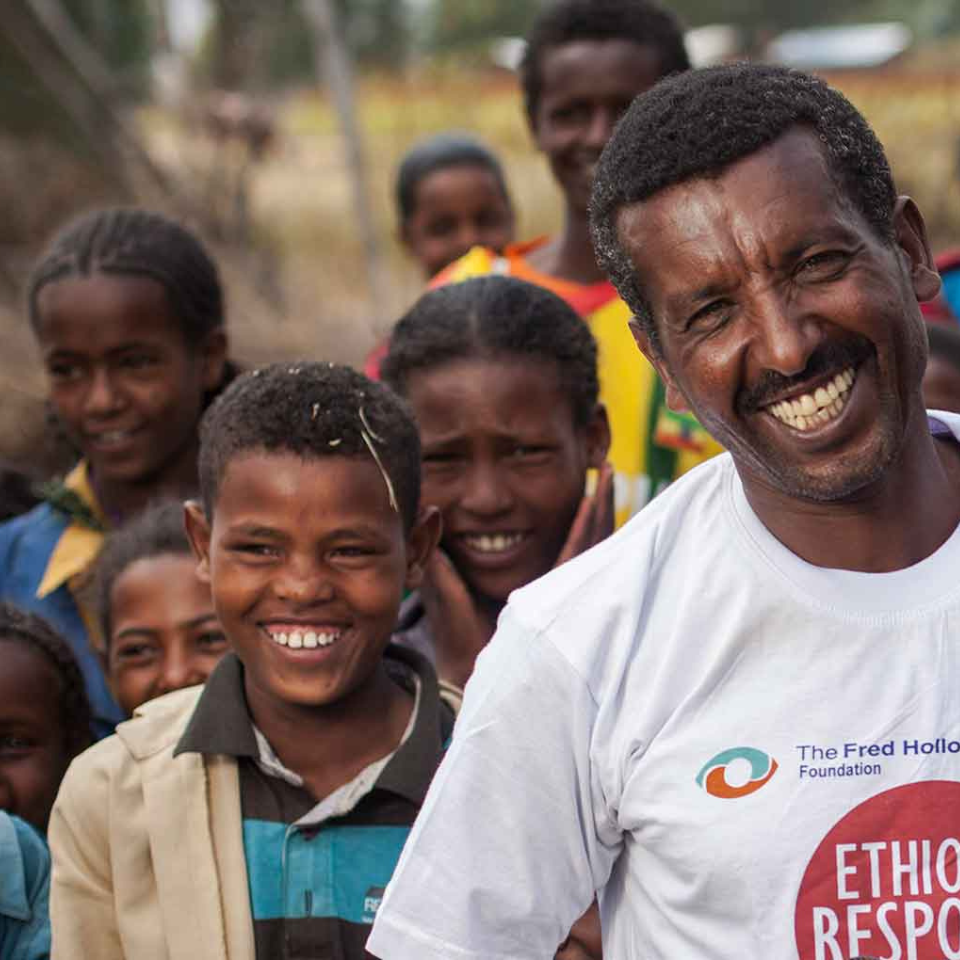Community Engagement in Eye Health Assessment Tool (CEEHAT)

Purpose:
The Community Engagement in Eye Health Assessment Tool (CEEHAT) is an evidence-based assessment tool. It is designed to assess community opportunity, capacity and motivation to engage with eye healthcare, and identify areas for eye health service quality improvement.
Why did we develop it?
CEHAAT was developed to address the lack of a valid and reliable tool in the eye health sector to assess community ‘Knowledge, Attitudes and Practices’ (KAP). KAP studies have been undertaken for various purposes to understand community attitudes towards social and economic services in a given area. There are however a number of known issues with the way KAP studies have been undertaken in the past. Often the methodology used has not been very rigorous, the tools used do not follow a consistent template, and there is a risk that poor quality design may result in poor quality data.
In response, The Foundation and Deakin University developed the CEEHAT – to standardise the way we collect community engagement data and to ensure we are using a tool that is valid and reliable.
How reliable and valid is it?
The CEHAAT is evidence and theory driven. We started by developing a conceptual framework that seeks to articulate what community engagement in eye health requires from a behaviour change and a behavioural determinant point of view. We based this on a rigorous review of published literature on community engagement, behaviour change and health promotion.
We have tested the tool in a few settings now, and have used the data from a pilot in Myanmar to assess the psychometrics of the tool. We then worked with experts from the Centre for Eye Research Australia at the University of Melbourne to understand item discrimination and difficulty, fitness, validity, targeting, precision, dimensionality… and have made some adjustments in response to these results.
How does it work?
The core module of the CEEHAT is a multi-dimensional tool that assesses community engagement using 18 questions across 4 key domains:
- Understanding of eye healthcare
- Motivation to engage with eye healthcare
- Trust in eye healthcare
- Opportunity to engage with eye healthcare
The tool allows scores to be generated for each of these domains. Average scores across groups of participants can be used to identify areas of strength and challenges that can then inform program design. For example, if the results reveal that women generally have a very low ‘opportunity’ score then a program may need to particularly address these sorts of challenges. If motivation is the key issue for older men, then mobilisation efforts can be particularly directed to the sorts of messages that might engage older men.
Supplementing the core CEEHAT module are six additional/optional modules (A. Willingness to pay; B. Trachoma; C. River Blindness; D. Diabetes; E. Experience with eye healthcare; F. Patient journey). Standard sets of demographic questions are also provided.
Target group:
The CEEHAT is intended to be administered to adults aged over 16 years.
Potential uses:
The CEEHAT may assist health services and other stakeholders to:
- Understand (and identify responses to) local barriers to eye health service access and uptake;
- Evaluate the effectiveness of programs intending to address determinants of eye health service access and uptake.
Please contact [email protected] with any questions regarding the CEEHAT and its uses.
Related articles

Disability data in eye health

Report: Addressing the needs of older people with disabilities

Breaking barriers: A toolkit for systems leadership in global eye health

